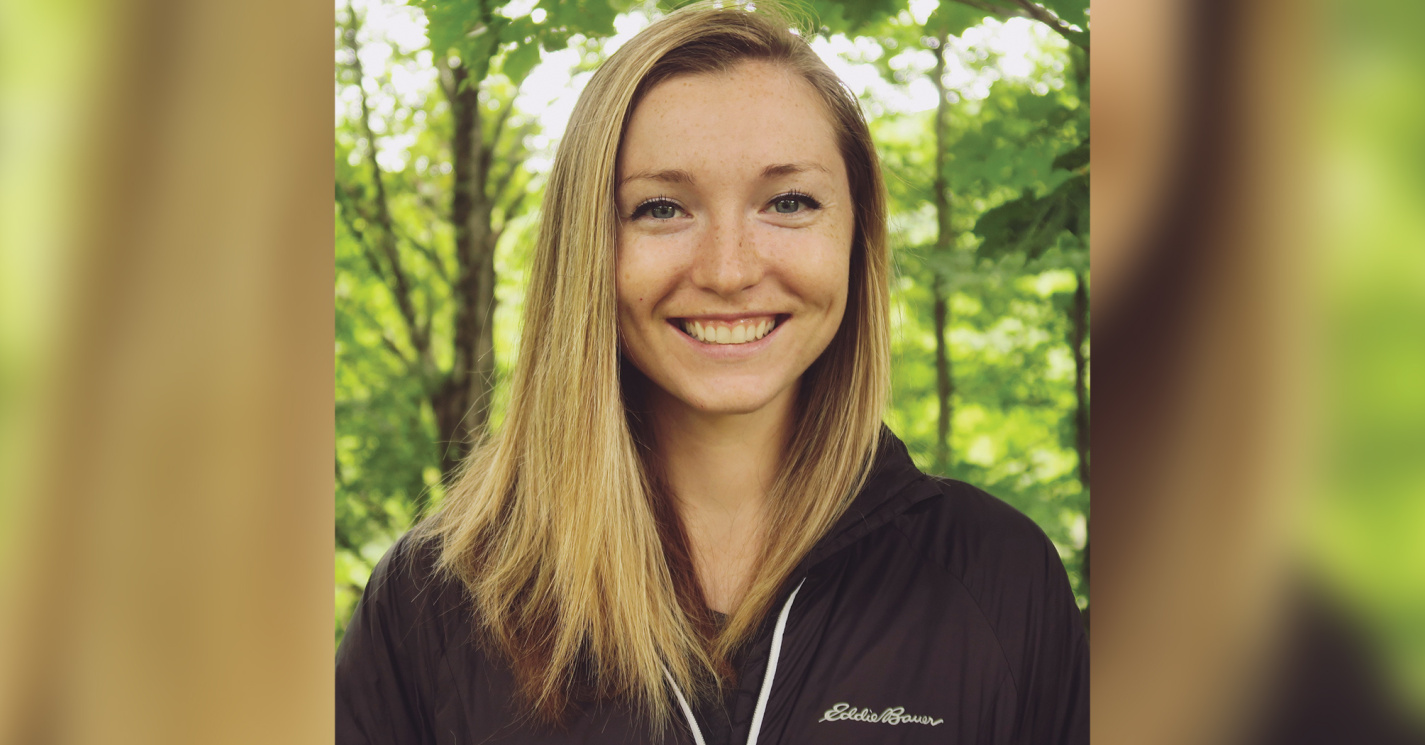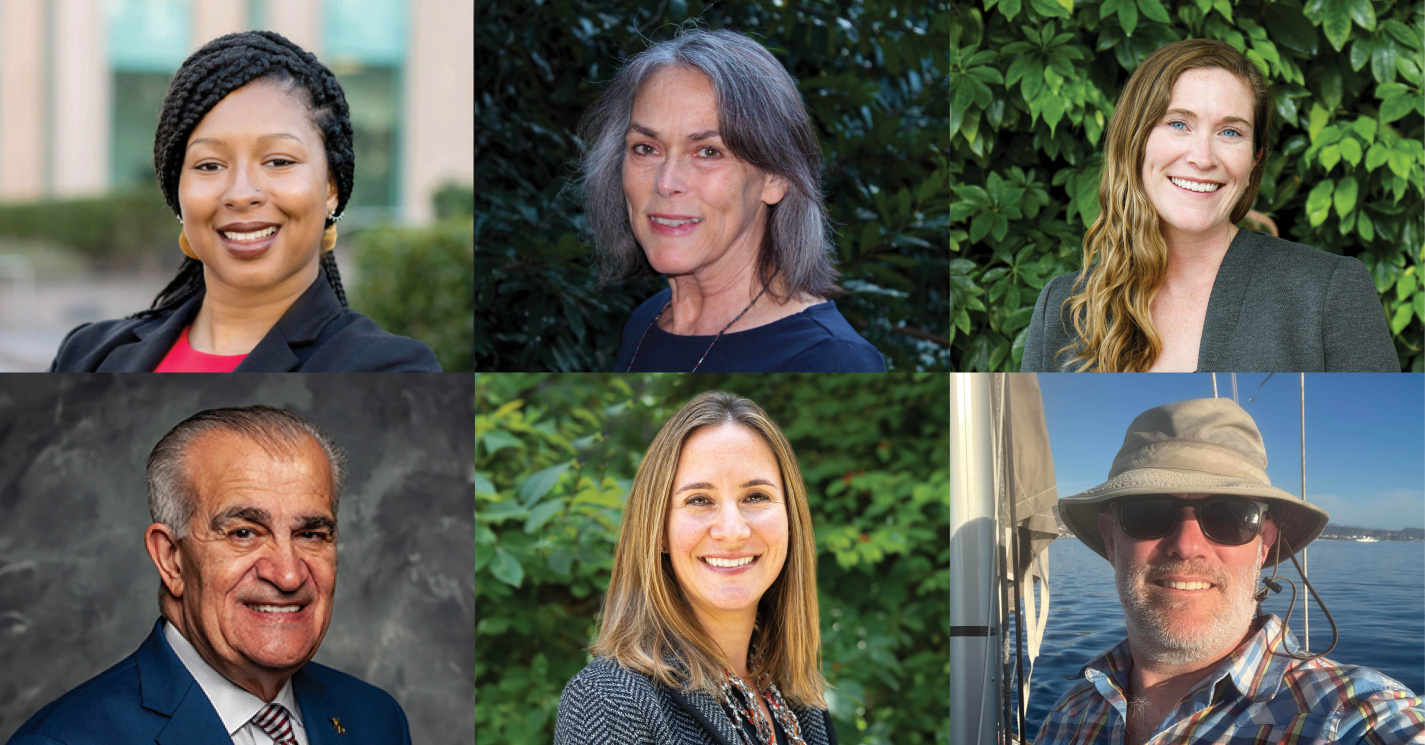Tao Zhang (MS/MLA ’08)
The University of Michigan is planning for the future of the Ann Arbor campus, with plans to reimagine the physical environment in ways that manifest the university’s strategic vision. Campus Plan 2050 has six focus areas, one of which is Landscape + Open Space. Tao Zhang (MS/MLA ’08), a partner and landscape architect at Sasaki Associates, is leading the effort for this focus area to incorporate enhancements and improvements that will simultaneously advance the university’s sustainability and DEI goals.
Zhang and his team at Sasaki, a world-renowned design firm known for its deep expertise and integrated global practice across planning and urban design, landscape architecture, civil engineering, ecology, and architecture, particularly in higher education, are committed to listening and translating the university’s needs and aspirations into a coordinated and inclusive plan that brings together its 19 schools and colleges, campus departments and entire campus community.
“We will craft a blueprint for everyone on campus to come together around a unified vision and common goals for academics, research, innovation, living, learning and working in Ann Arbor,” says Zhang. “Part of the iterative planning process is looking at all parts of campus to optimize their connections and synergies through multifaceted lenses, including social, ecological, mobility and inclusion considerations.”
My years at SEAS were intellectually formative for me and have inspired the direction of my career in countless ways. It is such an honor to have the opportunity to work closely on the future of this campus that I hold so close to my heart.”
Recognized as an international leader in ecological design, Zhang brings impactful expertise to the Landscape + Open Space focus area. “In the planning process, we not only investigate the campus as a physical environment for the U-M community but also consider how it fits into Ann Arbor and the larger Huron River watershed. This includes considering how the campus landscape can contribute to the university’s mission and the city’s goals for achieving carbon neutrality and nature-based stormwater management strategies,” says Zhang. “Since these overarching goals apply to all six focus areas in campus planning, we’re working in close collaboration at Sasaki.”
One of the major goals for all focus-area teams is to incorporate flexibility in the plans so that the campus is well-positioned for any unplanned changes such as pandemics or the rapid development of artificial intelligence. “We are currently developing provocative planning scenarios for how the campus can evolve based on strategic prioritization,” says Zhang. “We are working through the complex web of possible directions and negotiating among a wide array of opportunities and constraints for the most promising, yet flexible plan possible.”
With a wide range of award-winning projects under his belt—including a national panda reserve in China and various campuses around the world—and a deep understanding of his alma mater, Zhang’s experience and perspective are both valuable and unique for U-M’s planning process.
“My years at SEAS were intellectually formative for me and have inspired the direction of my career in countless ways. It is such an honor to have the opportunity to work closely on the future of this campus that I hold so close to my heart.”





